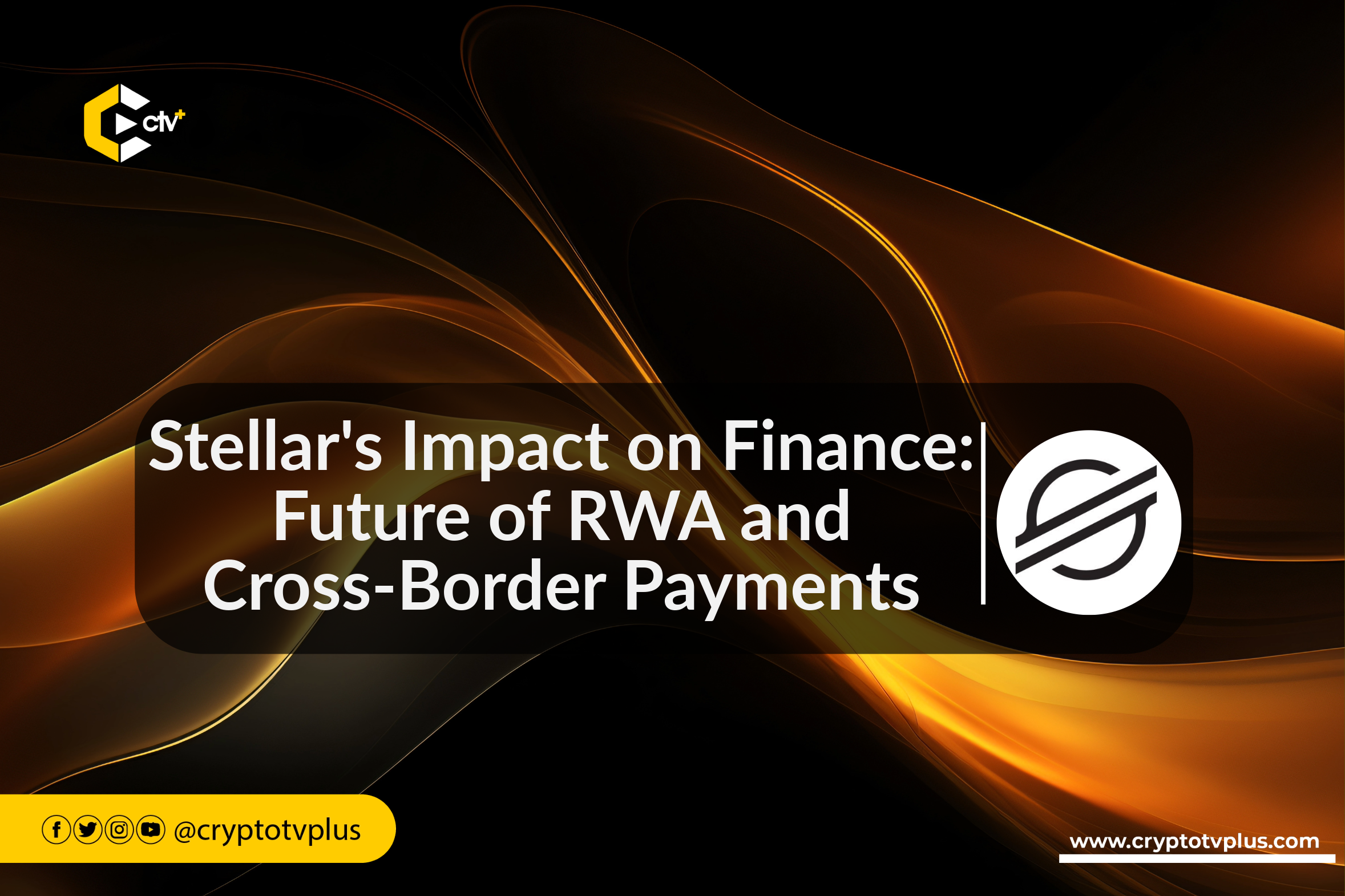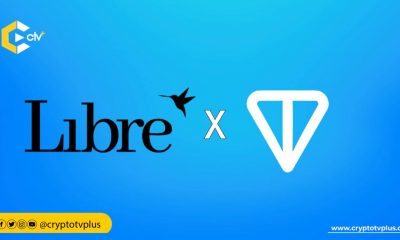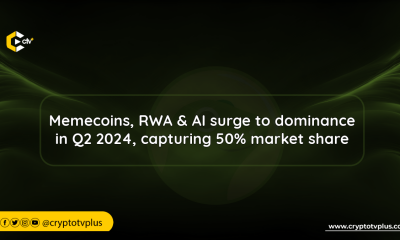FEATURED
Stellar’s Impact on Finance: Future of RWA and Cross-Border Payments

The growing adoption and recognition of RWA tokenization within both the blockchain and traditional finance landscapes indicate the potential for significant growth in this sector.
The demand for yield from crypto natives is fueling the growth of on-chain RWAs, and the evolving macro environment is contributing to the momentum for RWAs, with the market value of many of these assets trending towards new all-time highs.
This process, known as tokenization, involves creating digital representations of physical assets, making them available for use within blockchain networks and accessible to a wide range of potential individuals without geographical restrictions.
The tokenization of RWAs offers several benefits, including transforming the financial landscape, integrating assets with decentralized finance (DeFi) protocols, and fostering a transparent and inclusive investment environment.
Some examples of traditional firms that have shown interest include JPMorgan Chase, Goldman Sachs, Fidelity Investments, UBS, State Street, and more.
During the Mainnet event, Ryan Selkis, CEO of Messari, and Denelle Dixon, Executive Director of the Stellar Development Foundation, spoke about the significant advancements the Stellar blockchain has made in the sector.
The Stellar Development Foundation (SDF) is a non-profit organization that leverages blockchain technology to ensure fair access to the global financial system.
It plays a crucial role in supporting the Stellar network, providing thought leadership, and maintaining its codebase. The foundation’s funding is derived from lumens generated during the network’s inception.
Stellar, as a decentralized and public blockchain, empowers developers to create cash-like experiences. By offering faster, more affordable, and energy-efficient solutions, it enhances accessibility to the global financial system.
Dixon, in the discussion, stated that the firm has had a notable partnership with Franklin Templeton, a global investment firm, revealing that the real-world assets traded on Stellar, particularly through this collaboration, surpass those on other platforms combined.
The partnership, initially unbeknownst to Stellar, began with Franklin Templeton’s SEC approval process in 2019-2020, eventually resulting in a volume of just under $300 million for their money market fund on the Stellar network.
She added that the unique features that attracted Franklin Templeton to Stellar include compliance tools embedded in the protocol, clawback functionality and customizable know-your-customer (KYC) requirements.
Dixon expressed the importance of addressing regulatory concerns while maintaining openness and interoperability, essential aspects of the blockchain industry.
Ryan Selkis brought attention to Stellar’s evolution, noting its departure from fully public blockchains towards more specific enterprise use cases.
Dixon acknowledged this shift, attributing it to a focus on foundational elements, including on/off ramps and asset issuance, essential for global payments and financial infrastructure.
Stellar’s Sorobon platform
Additionally, the duo spoke about the recent launch of Sorobon, Stellar’s smart contracts platform, on the testnet.
Dixon explained how Sorobon, with its use of WebAssembly (Wasm) and Rust, aims to provide a developer-friendly environment, allowing developers to leverage existing skills.
The addition of smart contracts to Stellar’s capabilities reflects a response to market demands, even if it came later than other platforms.
The conversation also touched upon Stellar’s work with the UNHCR, where Stellar’s disbursement platform facilitated the delivery of aid to Ukraine.
The Executive Director highlighted the platform’s capability to handle large-scale transactions efficiently and its potential applications beyond aid, such as payroll.
Ryan also questioned the slow adoption of blockchain in remittances despite its potential. Dixon attributed this lag to regulatory challenges, citing the lack of a clear regulatory framework, especially in the US.
She expressed hope for positive regulatory developments, emphasizing the need for stablecoin regulation and urging the crypto community to work towards improving the regulatory environment.
The discussion concluded with a focus on Stellar’s position in the industry, Dixon’s commitment to advocating for sensible regulation in the US, and her belief in the potential for blockchain to revolutionize cross-border payments and financial inclusivity.
Read also; Messari exec discusses increased DeFi collateral and ZK-Proof projects in 2024
























